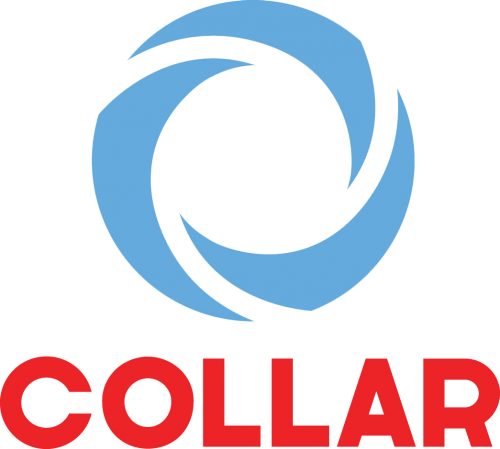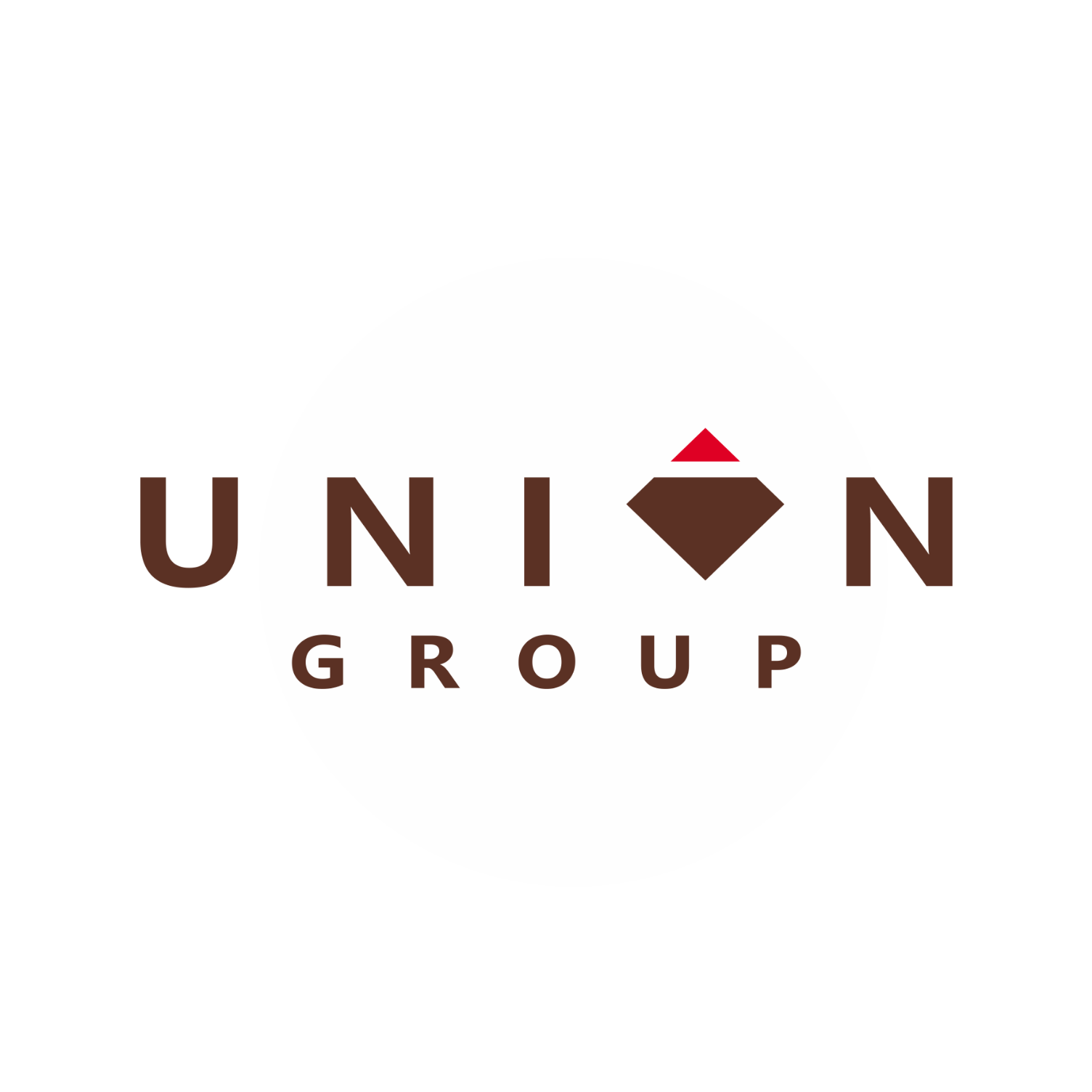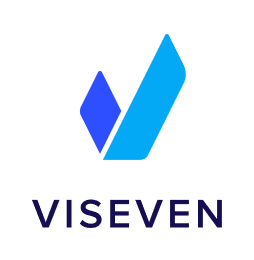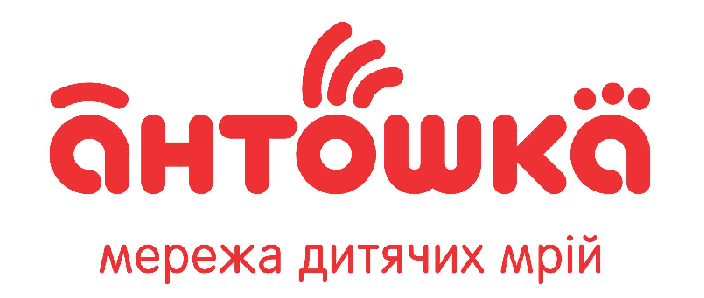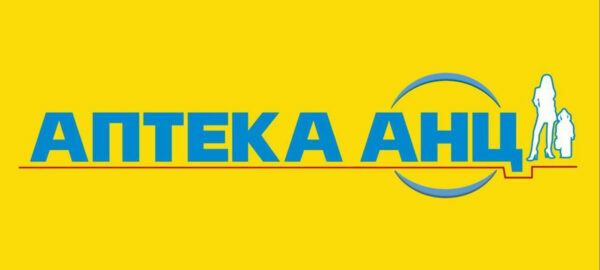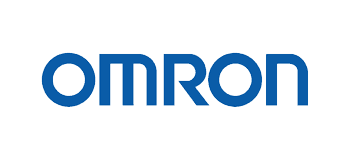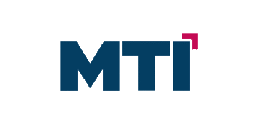
For chain companies, auditing is one of the most important processes. An audit allows you to check whether stores comply with the necessary standards and requirements. Organize a high-quality control system that helps the company and its employees to work effectively and develop.
Checklists are a great tool that allows you to standardize the audit process. Systematically check all aspects, providing a comprehensive assessment of store performance.
Oksana Dziupyn, Chief Operating Officer of Chystenko, told us how Chystenko uses checklists to audit its stores.
About the company

Chystenko is a chain of stores selling goods for yourself, your family and your home. Today, the chain consists of 108 self-service stores in 4 regions of Ukraine (Lviv, Zhytomyr, Ivano-Frankivsk, Rivne). The stores offer a wide range of personal and baby care products, household chemicals, household goods, etc.
Chystenko is a young and ambitious team of professionals with more than 250 employees.
Implementation of LMS and evaluation checklists
Assessment is an important and necessary process in a company. It helps to identify strengths and weaknesses and, based on the results, identify areas for improvement. Checklists are one of the most convenient ways to evaluate. They allow you to objectively determine how employees follow the processes, assess the quality of their work, the level of professionalism, competencies and knowledge.
Chystenko implemented online checklists based on the LMS Collaborator in August 2022. Prior to that, the checklist evaluation process was done manually using Excel.

Oksana Dziupyn – Chief Operating Officer of Chystenko
«We tried to conduct the assessment through Google Drive, but after the presentation of the possibilities of generating and administering checklists through the LMS Collaborator platform, we decided to opt for it. The advantage was the provision of a trial month to evaluate the convenience of working in the “fields”. We liked the ability to create a checklist structure independently and quickly, easily make changes to it, the convenience of completing checklists via phone, and the ability to add photos».
Today, the portal has about 130 registered users. Regional managers and directors use the platform to audit the quality of the company’s stores.
Using checklists to audit Chystenko stores
According to the approved rules of the Chystenko chain, each store must be assessed by a regional manager at least 3 times a month. To do this, the company uses the LMS Collaborator platform and its checklist tool.
«Additionally, the checklist is checked weekly by the Chief Operating Officer. If desired, the Executive Director can also check it. The audit takes place directly in the store premises with photo documentation of the mandatory points that are prescribed in the explanation to the evaluation criterion.»

An important step in creating a checklist is to develop its structure. It helps to ensure the clarity of the assessment and determine which specific criteria and parameters should be evaluated to identify weaknesses and areas for improvement.
The structure of the checklists for auditing stores Cleanly is divided into sequential blocks, each of which consists of indicator criteria.
The first part of the blocks (External, Internal Entrance, Sales Area, Backroom) involves monitoring compliance with standards and cleanliness in stores.
The next blocks (Workplace, Marketing, Documentation) monitor the quality of compliance with rules and regulations by store employees.


An equally important step is to determine the rating scale.
The Chystenko network uses the following values in the checklist rating scale: “OK” or “Needs to be corrected”. If there is even a small remark, the “Needs to be corrected” rating is given, after which the commentary indicates which points need to be corrected.
«Before implementing checklists, it is important to test this tool in the “fields” and try different options for generating checklists (block structure, description of criteria, different scales of evaluation) to compare options for obtaining data and generating reports/assessments. It’s very convenient that when you are completing checklists via phone, you can add photo evidence of the inspection. I would like to draw attention to the fact that the inspector should have a high-quality phone with a good battery».
Use of audit results
After the assessment, it is important to analyze the results. The results of the store audit help to identify deviations from the established standards, as well as identify areas that can be improved.
The total percentage of the checklist passed is an indicator of the quality of compliance with the chain’s standards in a particular Chystenko store. Analyzing the percentages for different blocks helps to identify systemic weaknesses in the chain as a whole. In addition, the number of checklists (compliance with the established plan) and their quality (total in %) are the KPIs of regional managers – an assessment of the effectiveness of their work in the “fields”.

«LMS Collaborator checklists are a handy tool that allows you to effectively make a snapshot of the situation in the store, identify weaknesses and monitor their correction through photo reports, identify areas for improvement, monitor the effectiveness of store managers and the quality of store salespeople.
With the help of the checklist assessment, we have an effective system of control of;
– quality of compliance with standards in the chain’s stores,
– efficiency of store managers’ work,
– identifying problem areas and organizing systematic work on them.
Currently, we plan to capitalize the Chystenko chain, open new stores in Lviv and Zhytomyr, significantly increase the number of stores in Rivne and Ivano-Frankivsk, and, of course, develop our staff, their professional competencies and the quality of service in the chain’s stores.»
Conclusion
The case of Chystenko is a great example of how you can effectively use a learning portal not only for training and education of employees.
With the help of LMS Collaborator checklists, the company managed to automate the assessment of its stores and organize high-quality control over compliance with standards and processes. Ensure high efficiency of managers and quality work of salespeople.


